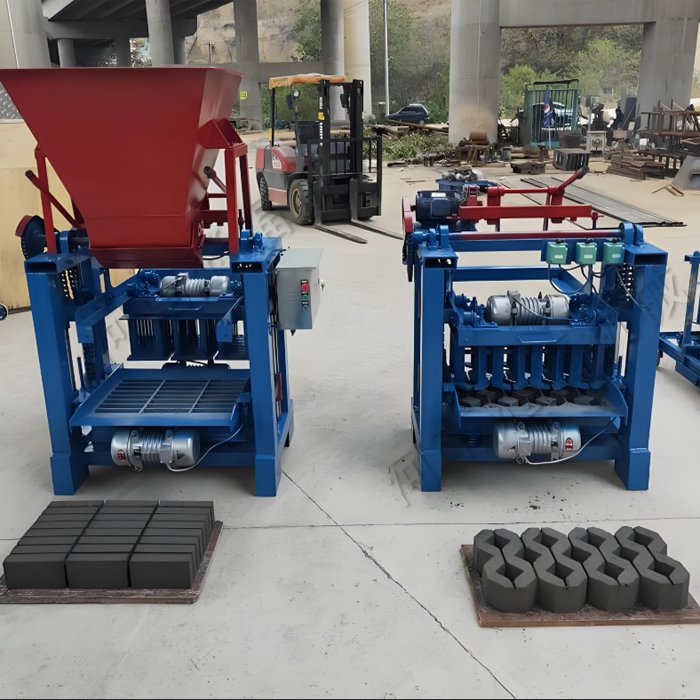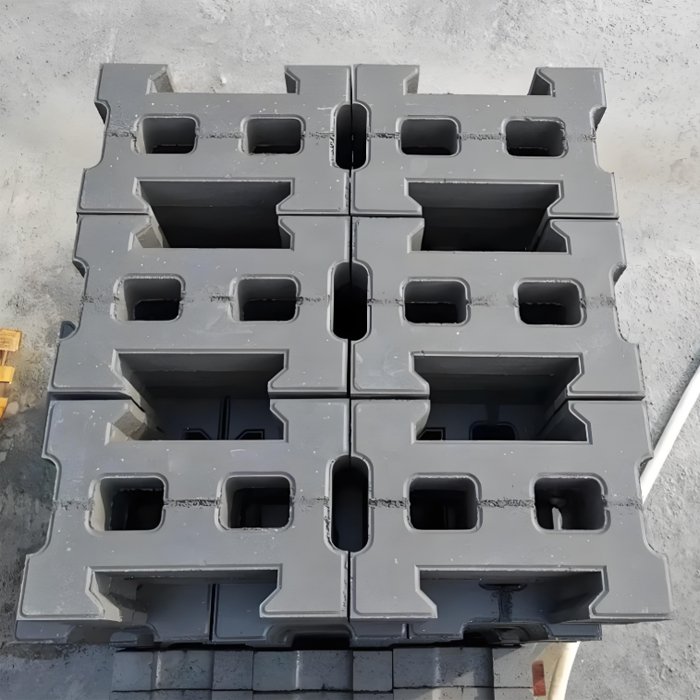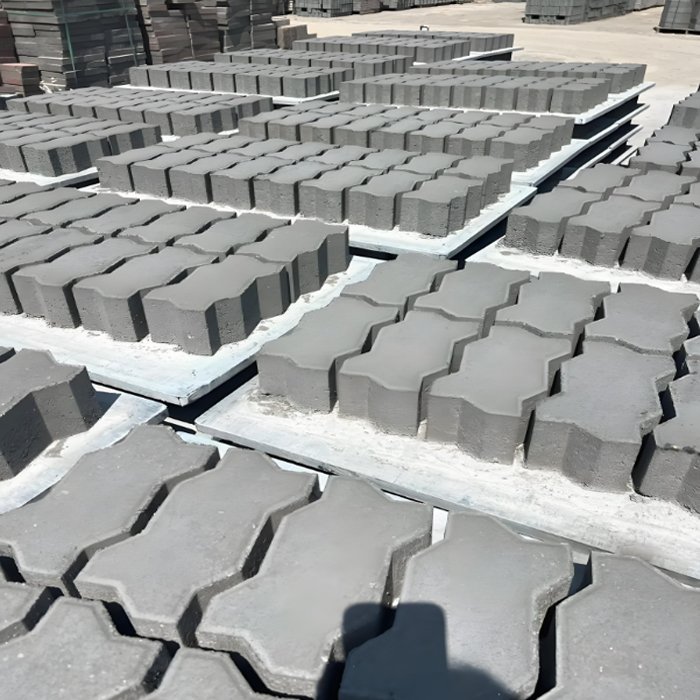How to flatten aluminum cans?
875The can flattening machine is a device specifically designed to flatten cans into thin sheets or blocks.
View detailsSearch the whole station
Brick making machine is a mechanical equipment that produces building bricks through a specific process, the raw material can be used cement, concrete, aggregate, and many other options.

| Types of bricks | Main raw-material (bulky,accounting for 55%-100% ofthe raw materials requirements) | Other raw-materials |
| Cement bricks, fly ash bricks, concrete bricks | Pulverised fuel ash (fly ash from thermal power plants) | Sand, cement, lime, gypsum, |
| Hollow Concrete blocks | Stone chips (coarse aggregate) | sand or stone-dust (fine aggregate), cement |
| Solid burnt clay, perforated burntclay, hollow burnt clay blocks, | Brick earth/ clay | Coal as fuel (for burnt-clay products) Cement |



While traditional bricks are based on clay, sand and lime, modern processes widely use alternative materials such as fly ash, industrial wastes and cement. Eco-bricks and special function bricks (e.g. hollow, interlocking turn, heat insulation) will introduce raw materials such as plastics, rice husk ash and fibers.
The selection of raw materials needs to take into account the cost, environmental protection and performance requirements of the brick body, while improving the quality and yield of bricks through the optimization of ratios and additives, and implementing large-scale production.
If you’re interested in our brick-making machines, contact us immediately!
The can flattening machine is a device specifically designed to flatten cans into thin sheets or blocks.
View detailsA small box type cake press is a machine specifically designed for pressing metal waste
View detailsWhat's the Real Difference Between Loose Scrap and Processed Scrap?What Is the Industrial Scrap Metal Recycling Process?Step 1: Collection and SortingStep 2: On-Site ProcessingStep 3: Storing and Selling the Upgraded MaterialWhat Equipment Do You ...
View detailsHow Do Businesses Process Plastic Waste?Feeding the MachineWhat Equipment Processes Plastics?What is a Plastic Processing Production Line?Stages of a Plastic Processing LineWhy Get Plastic Processing Equipment from Me?Comprehensive Product Range P...
View details